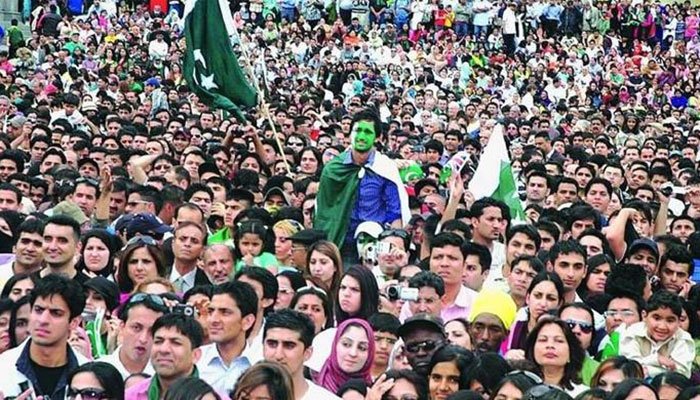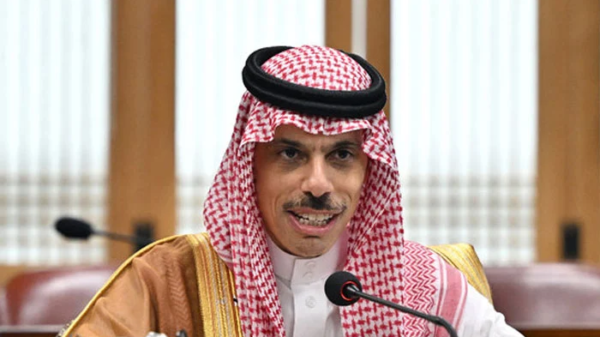ISLAMABAD: The UNDP’s Pakistan National Human Development Report 2020 highlights two different Pakistans, one of the richest and the other of the poorest resulting in massive levels of income inequality.
The NHDR report 2020 launched by the United Nations Development Program (UNDP) and authored by renowned economist Dr. Hafiz A Pasha released on Tuesday mentions the idea of the two different Pakistans evokes images of the country’s richest and poorest groups – one with a multitude of opportunities to pursue quality education, secure responsive health care, and live off generational wealth; and the other, without even the bare minimum. Overall, the total privileges enjoyed by Pakistan’s most powerful groups amounted to Rs2,660 billion in 2017-2018, equivalent to 7 percent of the country’s GDP.
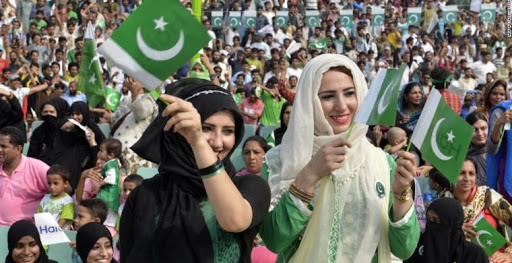
These privileges can be broken down into favorable pricing, lower taxation, and preferential access. The corresponding cost of social protection programs estimated by Pasha (2019) was just Rs624 billion. Therefore, diverting just 24 percent of these privileges to the poor could double their benefits. To alleviate inequality, redistribution of benefits along these lines is a crucial first step.
The overall share for the poorest income quintile is 14.2 percent, compared to 37.2 percent for the richest quintile. Fortunately, the distribution of public expenditure is less unequal and contributes to reducing inequality. But, attempts are urgently needed to increase this contribution by raising basic social services’ share in public expenditure, increasing cash transfers, and widening the coverage of pension schemes.
PM @ImranKhanPTI addressing launching ceremony of UNDP's Pakistan National Human Development Report (NHDR) on Inequality https://t.co/TWyk9qdNmY
— Radio Pakistan (@RadioPakistan) April 6, 2021
Consequently, with the widening wealth inequality, access to services, and income generation, translate into a negative long-term impact on human development. The poorest 1 percent of the population holds only 0.15 percent of national income, compared to the richest 1 percent, which held 9 percent of national income in 2018–2019. To reduce income inequality, the real per capita income of the poorest 40 percent of Pakistanis must grow at a rate that exceeds the income growth rate of the total population. To unpack this finding, the NHDR 2020 divides income distribution into four periods. Between 2001 and 2012, the growth rate of per capita income of the poorest 40 percent was lower than the total population. The gap was larger during 2001-2008 when there was relatively rapid growth in GDP. Between 2011 and 2019, the poorest 40 percent of Pakistanis saw their per capita income grow at a faster rate, while the economy witnessed 4 percent growth. This implies that income distribution deteriorates during relatively fast economic growth.
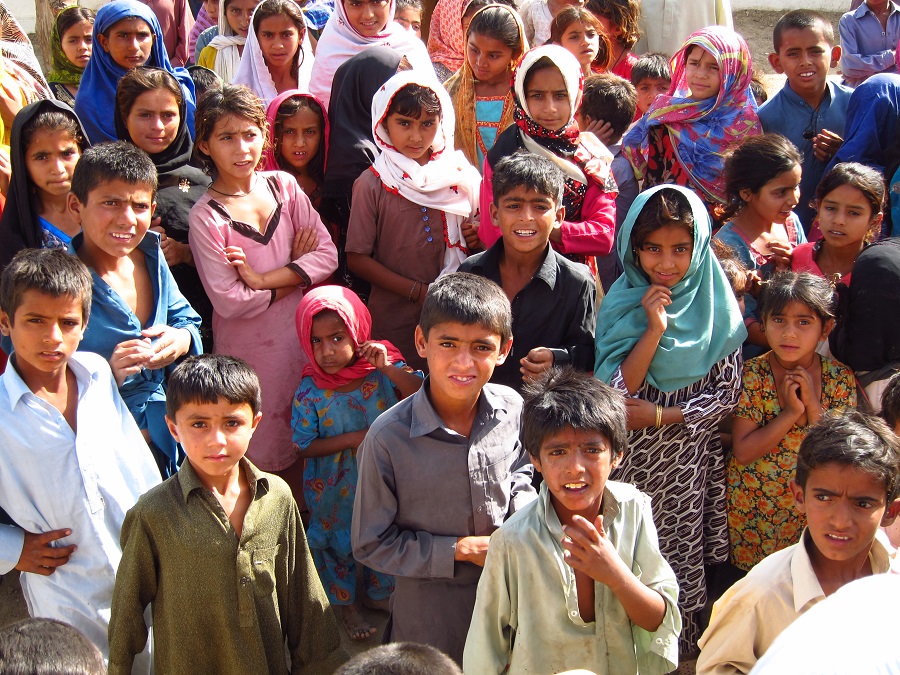
The report also analyses the relationship between growth and inequality more closely by mixing inequality indicators Gini coefficient and Palma ratio. The Gini coefficient measures the degree of concentration in a country’s income distribution. A value of 0 percent represents perfect equality, while 100 percent represents the total concentration of income. Pakistan has a Gini coefficient of 30 percent, signalling low inequality overall. However, this value may be low due to the Gini coefficient’s lack of sensitivity to the entire income distribution, or because the country’s richest quintiles tend to underreport their income in the Household Integrated Economic Surveys (HIES).
The modified Palma ratio measures the ratio between the richest 20 percent of the population, also called quintile 5 (Q5), and the poorest 20 percent, called quintile 1 (Q1). Pakistan has a modified Palma ratio of 4.7, meaning that the richest quintile has 4.7 times the income of the poorest quintile.
#UNDPinPakistan's NHDR 2020 highlights how Pakistan's richest 20% have almost half the country’s total income, while the poorest only have 7%.
— UNDP Pakistan (@UNDP_Pakistan) April 7, 2021
Read the 🇵🇰 National Human Development Report on #Inequality here: https://t.co/4ATCdyKtMw#EqualPakistan @HDRUNDP @kanniwignaraja pic.twitter.com/tTJRlO0onL
The Pashum ratio is a new and more sensitive measure of inequality specially created for the NHDR 2020 to compensate for the shortcomings of the Gini coefficient and the Palma ratio. It captures the extent of inequality across the entire population distribution, including middle-income groups. Pakistan’s Pashum ratio stands at 0.50, deviating from a value of 0, which would signify perfect equality. The Pashum ratio across quintiles shows that income inequality is relatively less pronounced between the three poorest quintiles, but rises sharply between the country’s two richest quintiles.
Analyzing all three, reveals that Pakistan has a low to moderate level of income inequality but changes considerably with under-reporting of income in national surveys. In 2018-2019, the Household Income Expenditure Survey only captured 41 percent of household income estimated from Pakistan’s GDP. The measures of income inequality adjusted for under reporting change of 7.08 percent for the Palma ratio.
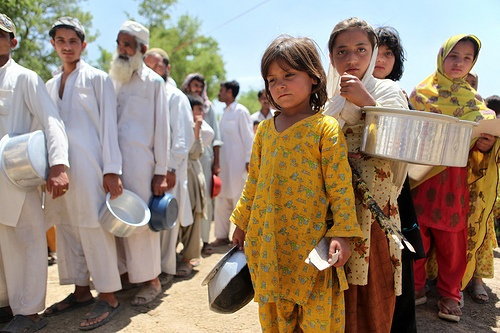
Overall, income inequality in Pakistan decreased in the 1990s, rose until the mid-2000s, and decreased again until the mid-2010s. Between 2016 and 2019, Pakistan saw a particular reduction in income difference between the richest and poorest 20 percent of the population, and generally lower rate of income inequality across all income quintiles.
However, the NHDR 2020’s analysis shows that the plight of Pakistan’s middle class is worsening. Based on per capita expenditure, only 36 percent of the population was middle class in 2018-2019, down from 42 percent 10 years earlier. The pressure of inflation, unemployment among educated workers, and decreasing purchasing power parity is ‘squeezing’ the middle class to the bottom of pyramid. Foreign remittances and income from property are two major sources that underlie income inequality in Pakistan. It is, therefore, no surprise that incomes generated through wealth can have a significant impact on income inequality.
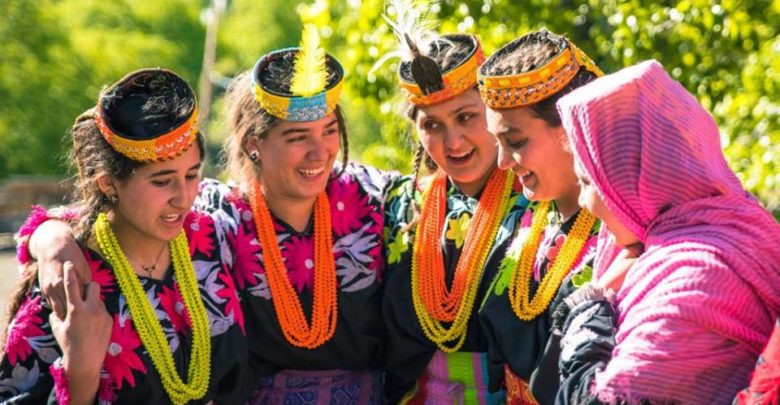
Pakistan had a Human Development Index value of 0.570 in 2018-2019 which improved placing the country in the medium human development category. However, Pakistan’s HDI value has only increased by 39 percent in the past 27 years, far less than the improvements in Bangladesh (59 percent) and India (52 percent). In fact, Pakistan has the second lowest HDI value among South Asia. Improving human development means enhancing education, healthcare, and income generation.
Similarly, the inequality within Pakistan’s provinces varies hugely. Sindh has traditionally been a trading hub. The richest 20 percent of Sindh’s population have a GDP per capita that is 5.3 times greater, and an HDI value that is 1.8 times greater, than the poorest 20 percent. The province experienced a pronounced increase in income inequality from 2006 to 2016, after which the difference between the richest and poorest quintiles decreased. Sindh also has high levels of inequality in education, especially in adult literacy. On the other hand, life expectancy seems equal within Sindh.
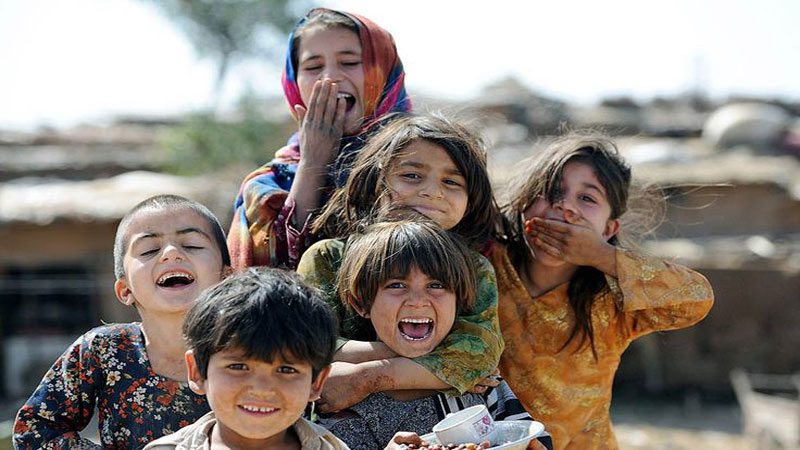
The richest 20 percent in Punjab have a GDP per capita that is 5.2 times greater, and an HDI value that is 1.6 times greater, than the poorest 20 percent. Between 2006 and 2019, the gap between rich and poor increased slightly in GDP terms. Besides, high income inequality, Punjab also has relatively high levels of inequality in education, especially adult literacy.
The Khyber Pakhtunkhwa has experienced substantial human development in recent years. The merger of the former Federally Administered Tribal Areas (FATA), added another 5 million people to its population of 30.5 million. The richest 20 percent of people in Khyber Pakhtunkhwa have a GDP per capita that is almost four times greater, and an HDI value that is 1.4 times greater, than the poorest 20 percent. Income inequality is steadily decreasing since 2006. Inequality in human development primarily stems from inequalities in education, followed by income.
Balochistan had a per capita income second only to Sindh at the turn of the century. Today, it has the lowest share of the country’s population, and the lowest performance on human development indicators. The richest 20 percent of Balochistan’s population have a GDP per capita that is 3.7 times greater, and an HDI value that is 1.8 times greater, than the poorest 20 percent. Over the years, income inequality in Balochistan has shown no substantial change, but the province faces the most pronounced inequalities in education and living standards in the country. Inequalities in health reflects that almost everyone in the province has poor access to healthcare equally.


